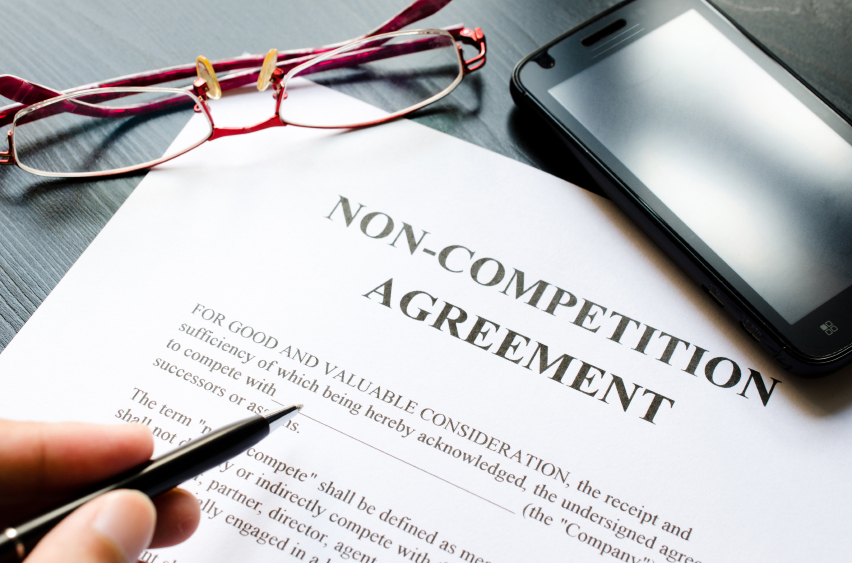Non-compete Agreements
Posted March 27, 2018
Non-compete agreements, also known as restrictive covenant agreements, protect companies from losing valuable employees to competitors and from confidential information secrets ending up in the wrong hands. Employers need to take many considerations into account before implementing a non-compete agreement. Since non-competes are often subject of litigation, consult with your legal counsel when drafting the agreement.
Non-compete agreement considerations
Consider these factors when drafting a non-compete agreement:
- Whether a non-compete agreement is legally enforceable in your state
- Scope of the agreement—Non-compete agreements are generally upheld more often when the geographic scope is smaller, the duration of the agreement is shorter and the type of restricted activity is minimal. Non-compete agreements tend to last anywhere from six months to two years after ending employment at your organization. If the agreement extends beyond that point, courts may look to the agreement with more scrutiny. It is important to have legal counsel draft your agreement since state law will often govern the scope of the agreement.
- The company must have a solid business reason for asking the employee to sign the agreement. This includes protecting trade secrets or a customer base that the company created and maintained.
Who should sign a non-compete agreement?
Though this will vary by circumstance, employers should consider having the following employees sign a non-compete agreement:
- Employees engaged in research or product development
- Engineers and drafting employees involved in designing or engineering work
- Employees involved in the service of machinery, appliances and similar products available through the business
- Supervisory employees of manufacturing, maintenance and production departments who have authority over the manufacturing and production of products
- Employees doing creative work such as advertising, broadcasting, sales promotion and developing trade names.
- Employees involved in processing details of experimental, inventive or creative work
- Employees who have gathered a sufficient amount of information from the company to start one of their own
- Employees who have knowledge of pricing (such as sales professionals), costs, profit margins, salary structures and customer lists
Components of a non-compete agreement
A valid non-compete agreement will generally include the following details, but also vary by state law:
- Time period covered by the agreement, both during and post-employment
- Trade secrets, technology, methods, customers, confidential information or other protected interests
- Geographic restrictions or customer restrictions
- Reasoning for the non-compete agreement
Before asking a current or new employee to sign a non-compete agreement, think about whether losing the employee to a competitor would damage your business. Consider how much that employee knows and can potentially reveal to others. Overusing non-compete agreements is not always beneficial. In fact, most courts will not uphold unreasonable agreements. Focus on creating an agreement that protects your organization instead of punishing employees for choosing to leave.

